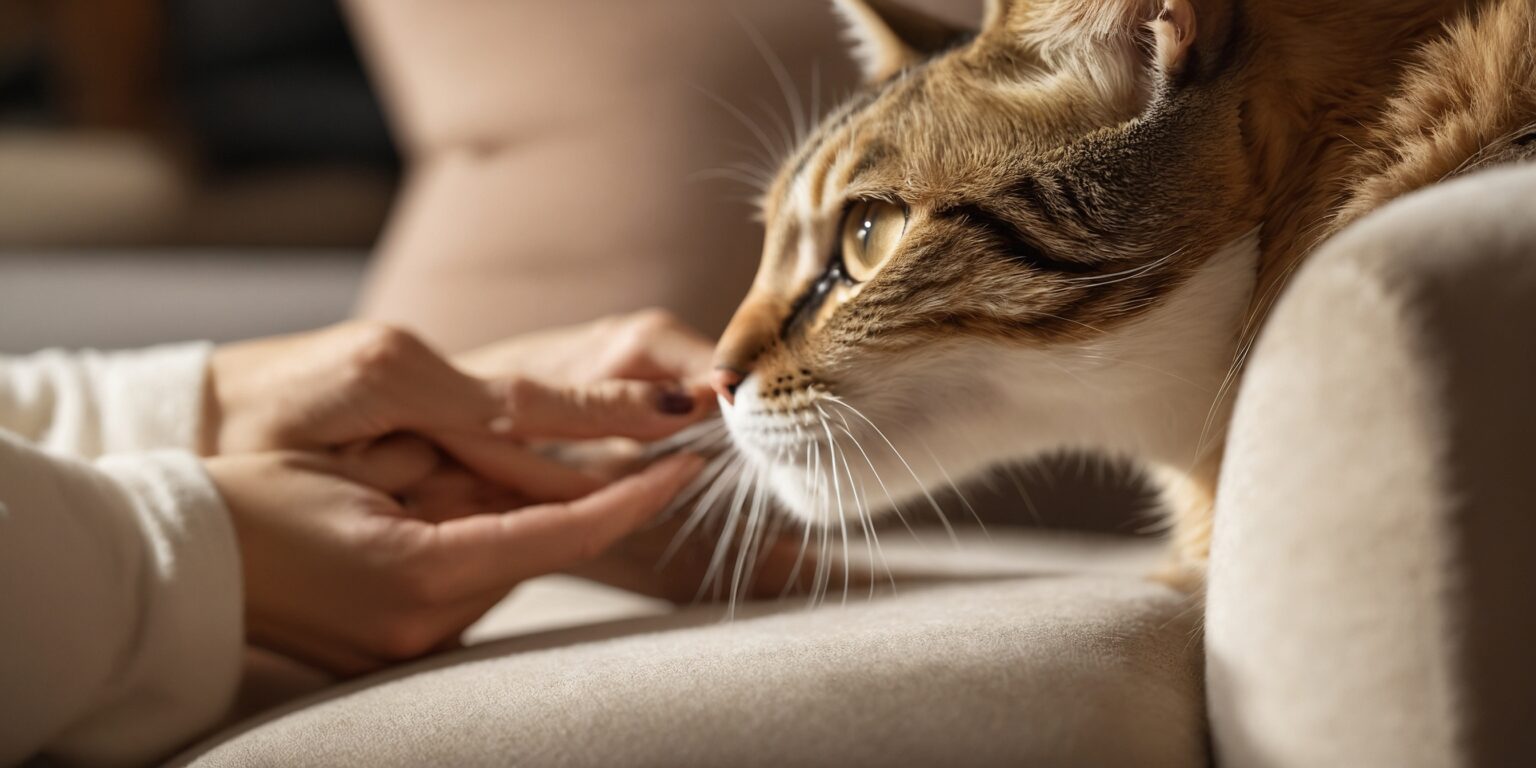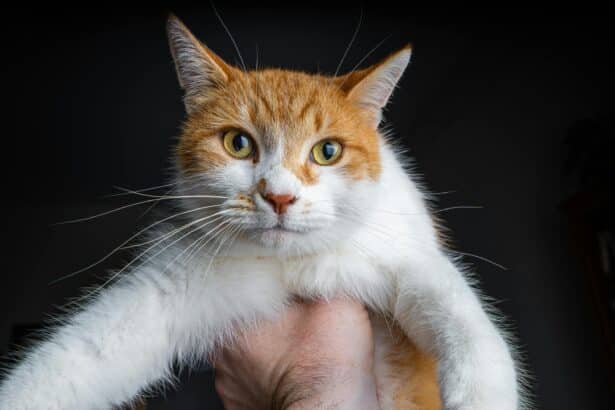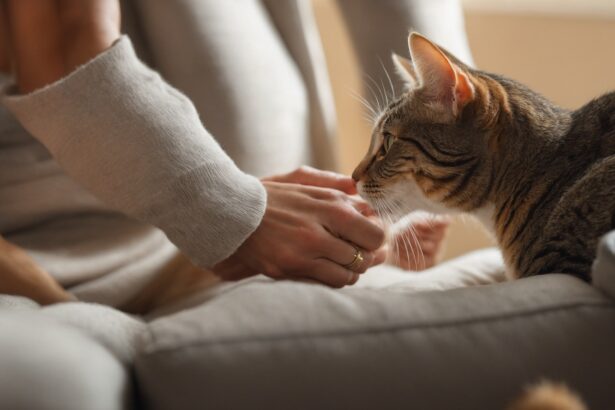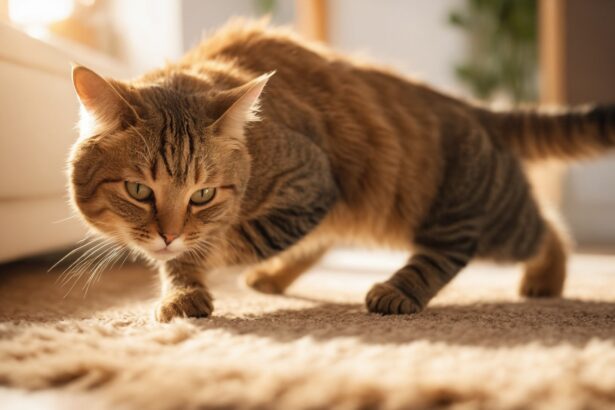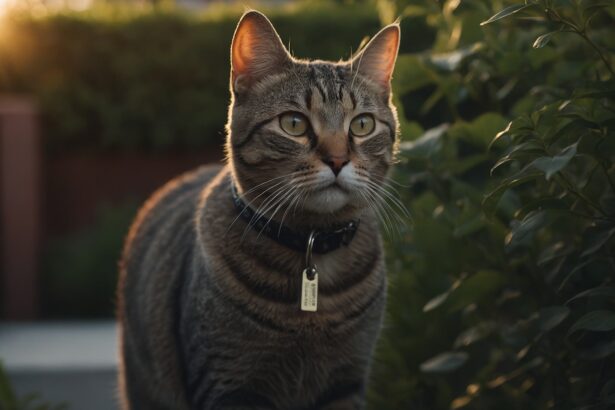Why does my cat bite? What those little nips really mean
Does your cat switch from kisses to nibbles in a heartbeat? You’re not alone. Biting can signal love, play, stress, pain, or simply a way to say “enough for now.” Here’s how to decode the moment and respond with kindness.
- Why does my cat bite? What those little nips really mean
- Affectionate “love bites” versus true aggression
- Playful biting: instincts waking up
- Stress and anxiety: when nibbling soothes big feelings
- Dental or gum pain: biting as a red flag
- 5 surprising reasons your cat may bite
- Attention-seeking “hey, look at me!” nips
- Boredom and under-stimulation
- Territory and scent marking
- Early weaning and oral self-soothing
- Petting-induced overstimulation
- How to respond in the moment
- Prevent biting for good
- FAQ
Affectionate “love bites” versus true aggression
Gentle nibbles during cuddles are often a tender sign. They’re controlled, paired with purring or slow blinking, and your cat’s body looks loose and relaxed. An aggressive bite is fast, hard, and usually comes with a stiff body, pinned ears, and a lashing tail.
- How to respond: Pause your hand, lower the intensity, and reward calm with a soft voice or a treat.
- Common mistake to avoid: Don’t snatch your hand away. The sudden movement can trigger a chase-and-bite reflex.
Practical tip: Try the “3-second rule.” Stroke for three seconds, stop for three, and watch your cat’s body language. It prevents overstimulation and many surprise nips.
Playful biting: instincts waking up
Biting is part of healthy play. Kittens learn bite control with their littermates, and adults still enjoy mock hunting. If your hand becomes the “toy,” though, the habit can stick.
- Redirect smartly: Swap your hand for a wand toy, kicker, or chew-safe plush. Reward when your cat targets the toy.
- Build a routine: Two short, intense play sessions a day help drain predatory energy and reduce grabby mouths.
For climbing, scratching, and safe play at home, a good cat tree can make all the difference.
Stress and anxiety: when nibbling soothes big feelings
Some cats nip as a displacement behavior when they feel overwhelmed. New furniture, visitors, a move, or even changes to your schedule can spark tension.
- What to watch: Tail swishes, sudden stillness, dilated pupils, and repetitive nibbling or licking.
- What helps: Create quiet hideaways, keep predictable routines, and consider pheromone diffusers. If the behavior escalates, ask your vet about a behavior consult.
If you’re noticing tension, these signs of stress in cats can help you spot early clues and act before biting sets in.
Dental or gum pain: biting as a red flag
Sudden, intense chewing or biting can point to oral discomfort. Look for bad breath, pawing at the mouth, drooling, or dropping kibble.
- Care basics: Book a dental checkup, and ask about gum health, resorptive lesions, or fractured teeth. Introduce tooth brushing gradually with cat-safe toothpaste.
- When to act: Any change in eating, grooming, or behavior is a good reason to call your vet.
Drooling can also hint at mouth issues. Here’s how to decode why your cat drools and when to seek help.
Surprising fact: Many cats develop dental disease by age three. The AVMA recommends routine dental care to prevent pain-driven behaviors like biting.
5 surprising reasons your cat may bite
Attention-seeking “hey, look at me!” nips
Some cats learn that a quick nip gets a big reaction. If you’re on your phone or laptop, your cat may “tap” with teeth.
- What to do: Stay calm, stand up, and walk away for 10–20 seconds. Return and reward polite attention, like a sit or soft meow.
- Reinforce the right thing: Give attention before your cat asks, so there’s less reason to bite.
Boredom and under-stimulation
Cats need daily mental and physical outlets. Without them, a nibble can be the quickest “game start” button.
- Enrichment ideas: Rotate toys, introduce puzzle feeders, and do short “hunt” games before meals.
- Environment: Perches, tunnels, and hideouts make the home feel like an adventure.
If evenings turn wild, this guide on why a cat meows at night can help you rebalance routines.
Territory and scent marking
Cats have scent glands around their cheeks and lips. Gentle nibbles or mouthing can be a focused way to share their scent and claim favorite objects or people.
- Try this: Offer dedicated marking outlets like scratching posts and fabric you don’t mind being “claimed.”
- Note the pattern: Territorial biting tends to be gentle and aimed at specific objects or spots.
Scratching and floor-pawing can be part of the same ritual. Here’s why cats sometimes scratch the floor around key areas.
Early weaning and oral self-soothing
Kittens weaned too soon may keep seeking mouth comfort as adults. Nibbling soft fabrics or your sleeve can be their version of a pacifier.
- Comfort choices: Offer plush snuggle toys and warm, quiet rest spots. Reward calm chewing on appropriate items.
- Bond gently: Short, quiet cuddle sessions help without tipping into overstimulation.
Petting-induced overstimulation
Some cats enjoy affection only in small doses. After a few strokes, the nervous system says “too much,” and a quick nip ends the session.
- Spot the signals: Skin ripples, tail flicks, ears rotating sideways, or a fixed stare.
- Reset the vibe: Use slow blinks, pet around the cheeks and chin, and keep sessions short and sweet.
If your love bug also kneads you into a croissant, this explainer on why cats knead helps decode the tender side of feline affection.
How to respond in the moment
Calm, consistent, and clear
- Pause, don’t punish: Freeze your hand, gently disengage, and stand up if needed. Physical punishment raises stress and can worsen biting.
- Redirect the mouth: Offer a toy to bite instead, then praise and reward the switch.
- Be consistent: Everyone at home should follow the same steps so your cat learns fast.
Offer better alternatives
- Chew-safe options: Soft chew toys, fabric kickers, or silvervine sticks (supervised) satisfy oral needs.
- Hunt–eat–sleep cycle: Play, then a small meal, then a nap taps into natural rhythms and reduces mouthy energy.
Train polite attention
- Teach a “touch” cue: Reward a nose-boop to your hand instead of nipping when your cat wants interaction.
- Catch the calm: Praise and treat when your cat approaches softly or sits to ask for cuddles.
Original hack to try: When petting, keep your hand still for two breaths between strokes. This micro-pause lowers arousal and cuts down on those “oops” nips.
Prevent biting for good
- Daily enrichment: Short play bursts, foraging feeders, and window views keep minds busy and mouths relaxed.
- Health first: Schedule regular vet and dental checks; pain is a common trigger for behavior shifts.
- Safe routines: Predictable feeding, play, and rest times help sensitive cats feel secure.
With a little detective work and gentle training, those puzzling nips turn into clear conversations between you and your whiskered bestie.
FAQ
- Why does my cat bite when I pet her? Likely overstimulation. Keep sessions short, watch for tail flicks and ear shifts, and pause before she reaches her limit.
- Is my cat biting out of aggression? True aggression shows stiff posture, pinned ears, and hard bites. Gentle, controlled nibbles with purrs are usually affection.
- How can I stop my cat from biting my hands? Stop using hands as toys, redirect to chew-safe items, and reward calm interactions consistently.
- When should I see a vet for biting? If biting appears suddenly, is intense, or comes with drooling, bad breath, or appetite changes, book a checkup.


